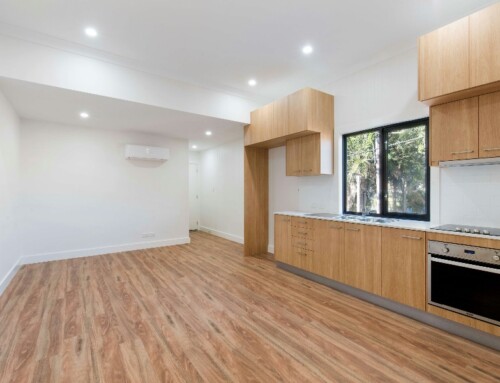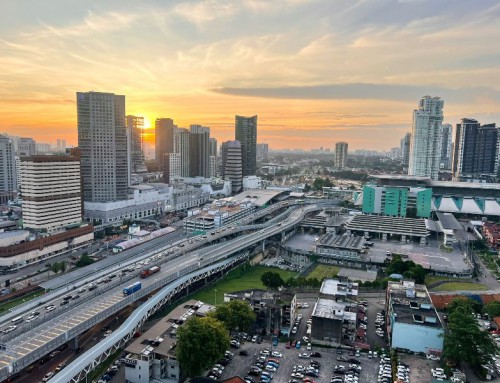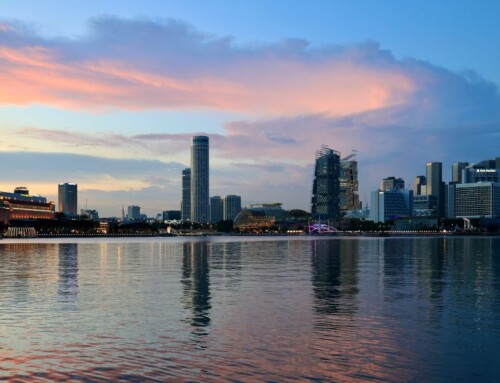Since 2009, the Singapore government has introduces 8 rounds of measures and regulations to cool the seemingly overheated Singapore property market. Commonly known as “property cooling measures”, they have helped stem or albeit slow down the growth of property prices in the city state. Here is a summary of the measures implemented.
1) 14th September 2009 – Measures to Ensure a Stable and Sustainable Property Market
a) Removal of Interest Absorption Scheme (IAS) and Interest only Housing Loan (IOL)
b) To expire property-related assistance measures to developers when due. These measures were put in place during Budget 2009.
2) 19th February 2010 – Measures to Ensure a Stable and Sustainable Property Market (Measures to take effect on 20th February 2010)
a) Introducing a Seller’s Stamp Duty (SSD) on all residential properties and residential lands that are bought after today and sold within 1 year from the date of purchase. The SSD will be applied at the standard ad valorem stamp duty rates for the conveyance, assignment or transfer of property. The rates are as follows: 1% for the first $180,000, 2% for the next $180,000 and 3% for any consideration above $360,000.
b) Lowering the Loan-To-Value limit of all housing loans provided by financial institutions regulated by the Monetary Authority of Singapore (MAS) from 90% to 80%.
3) 30th August 2010 – Joint Press Release on Measures to Maintain a Stable and Sustainable Property Market (Measures to take immediate effect on the 30th of August 2010)
a) To increase the holding period for the imposition of the Seller’s Stamp Duty (SSD) from the current one year to three years.
b) For property buyers who already have one or more outstanding housing loans at the time of a new housing purchase:
Increase the minimum cash payment from 5% to 10% of the valuation limit; and
ii. Decrease the Loan-To-Value (LTV) limit for housing loans granted by financial institutions regulated by MAS to these buyers from the current 80% to 70%.
(These are to be applied to the purchase of second or more properties on or after the 30th of August 2010)
c) Loans granted by HDB (including DBSS flats) will still have a LTV cap of 90%. The purchasers will have to utilize all monies in their CPF Ordinary Account balance before the HDB loan will be granted on the balance. Those taking a second concessionary HDB loan must use the monies refunded into their CPF and 50% of the cash proceeds from the sale of their previous flat before they are granted a subsequent HDB loan.
4) 14 January 2011 – Measures to Maintain a Stable and Sustainable Property Market (Measures to take immediate effect on the 14th of January 2011)
a) Increase the holding period for the imposition of Seller’s Stamp Duty (SSD) from the current three years to four years
b) Raise the SSD rates to 16%, 12% 8% and 4% of the consideration amount for residential properties which are sold in the 1st, 2nd, 3rd and 4th year of purchase respectively
c) Lower the Loan-To-Value (LTV) limit to 50% on housing loans granted by financial institutions regulated by MAS for property purchasers who are not individuals
d) Lower the LTV limit from 70% to 60% for property purchasers who are individuals with one or more outstanding housing loans at the time of the new housing purchase. This applies to housing loans granted by financial institutions regulated by MAS.
5) 07 December 2011 – Additional Buyer’s Stamp Duty for a Stable and Sustainable Property Market (Measures to take effect on the 8th of December 2011)
The government will implement an Additional Buyer’s Stamp Duty (ABSD) on certain categories of residential property purchases. The ABSD is on top of the current buyer’s stamp duty and will apply to the purchase price or market value of the property (whichever is higher).
a) Foreigners and non-individuals (corporate entities) buying any residential property will pay an ABSD of 10%;
b) Permanent Residents (PRs) owning one and buying the second or subsequent residential property will pay an ABSD of 3%; and
c) Singapore Citizens owning two and buying the third and subsequent property will pay an ABSD of 3%.
Remission of ABSD will be given for options granted on or before the 7th of December 2011 and exercised within 3 weeks (i.e. on or before the 28th of December 2011) or the option validity period, whichever is earlier.
Foreign individuals from nations which have a Free Trade Agreement (FTA) with Singapore will be treated in the same manner as Singaporeans when imposing ABSD on their property purchases. The nations with a FTA with Singapore are USA, Switzerland, Norway, Iceland and Liechtenstein.
6) 05 October 2012 – MAS Restricts Loan Tenure for Residential Properties (Measures to take effect on the 6th of October 2012)
a) The maximum tenure of all new residential property loans (Both private properties and HDB flats) will be capped at 35 years. Loans exceeding 30 years tenure will face tighter Loan-To-Value (LTV) limits.
i) If the tenure exceeds 30 years or if the loan period extends beyond the retirement age of 65 years, the LTV limit for the borrower will be
40% if the borrower has one or more outstanding residential property loans; and
60% if the borrower has no outstanding residential property loan.
7) 11 January 2013 – Additional Measures to Ensure a Stable and Sustainable Property Market (Measures to take effect on the 12th of January 2014)
a) Increasing the Aditional Buyer Stamp Duty (ABSD)
b) ABSD is now levied on Permanent Residents buying their 1st or more residential property and on Singaporeans buying their 2nd or more residential property.
c) Loan-To-Value (LTV) limits on housing loans granted by financial institutions to be tightened for individuals who already have 1 outstanding residential loan.
d) Loan-To Value (LTV) limits on non-individuals (such as companies) to be tightened.
e) Minimum cash down payment for individuals applying for a second or subsequent housing loan to be raised from 10% to 25%. (The remaining amount can be funded via CPF ordinary account monies if the monies are sufficient and complies with CPF withdrawal limits)
f) Concessions will be given to married couples with at least 1 Singaporean spouse who are purchasing their 2nd property and will sell their 1st residential property.
g) For HDB properties, MAS will cap the Mortgage Servicing Ratio (MSR) for housing loans granted by financial institutions at 30% of a borrower’s gross monthly income.
h) For loans granted by HDB, the cap on the MSR will be lowered from 40% to 35%.
i) PRs who own a HDB flat will not be allowed to sublet their whole flat. Current existing rental contracts will be allowed to continue but upon expiry, the flat can only be used for inhabitation by the flat owners.
j) PRs who own a HDB flat must sell their flat within six months of purchasing a private residential property in Singapore.
k) The government will introduce measures specific to new Executive Condominium (EC) Developments to ensure that ECs will continue to be an affordable and viable housing option for middle-income Singaporean families.
i) The maximum strata floor area of new EC units will be capped at 160 square metres.
ii) New dual-key EC units will be restricted to multi-generational families only.
iii) Developers of future EC sale sites will only be allowed to launch units for sale 15 months from the date of award of the land site or after completing the foundation works, whichever is earlier.
l) Private enclosed spaces and private roof terraces will be treated as gross floor area (GFA). The GFA of such spaces in non-landed residential developments will be counted as part of the “bonus” GFA and will be subject to payment of charges.
m) Seller’s Stamp Duty (SSD) on industrial property to be implemented to discourage short-term speculative activity. Details of the SSD rates imposed can be found at this link from the Inland Revenue Authority of Singapore (IRAS). https://www.iras.gov.sg/irasHome/page04.aspx?id=10202
8) 28 June 2013 – MAS Introduces Debt Servicing Framework for Property Loans
a) Total Debt Servicing Ratio (TDSR) introduced to align all banks’ credit approval process.
i) TDSR ratio is capped at 60% of the borrower’s income. Total debt refers to all debt obligations of the borrower. 100% of fixed income is considered whereas only 70% of variable income is factored towards the loan application. Collaterals and assets can be pledged and armotised over 48 months as “income”
ii) If there is more than one borrower, the loan tenure is based on the income weighted average of the borrowers.
iii) Where there are previous and existing property loans with joint borrowers, incomes of joint borrowers are required and debt servicing ability is accessed accordingly.
iv) For residential home loans, an interest rate of 3.5% is used for affordability computation. For commercial and industrial properties, an interest rate of 4.5% is used.
v) All other credit obligations, example credit cards, are to be considered in the computation of the borrower’s TDSR.
vi) HDB purchasers need to adhere to a mortgage servicing ratio (MSR) of 30% as well as adhere to the TDSR.






